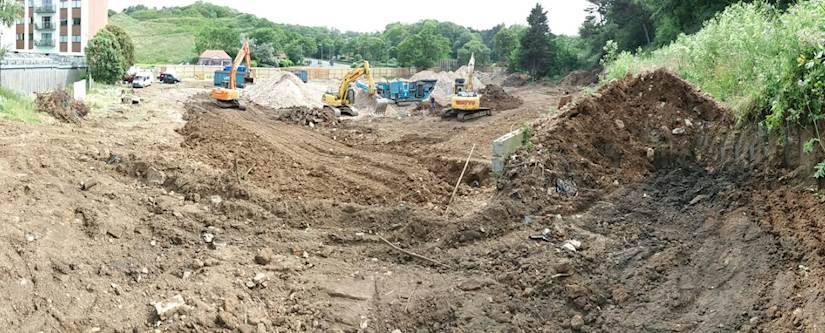
Land Remediation Tax Relief - Are you missing out?
Recently we’ve teamed up with prestigious Cambridge accountants, PEM to give you the straight, simple facts about the requirements to gain from this valuable tax relief. Judith Pederzolli, PEM’s Assistant Director in Business Tax, has kindly contributed an explanatory blog post for your benefit, so without further ado, here’s the lowdown on land remediation tax relief.
“The decontamination of land can be expensive business but there is a specific tax relief available to give cash savings to those companies who end up footing the bill for a clean-up. Many people don’t know about Land Remediation Relief, despite it being around since 2001. Back in 2012 it looked like this relief was going to be abolished, but five years on it’s still here.
So how does it work? - If you qualify for the relief you can claim an additional 50% of the amount of the remediation costs against your taxable profits. If you have a tax loss in the year you can opt to surrender some or, maybe even all of these for a cash payment of 16% of the loss.
So, what is contamination? - This is something which can cause “relevant harm”, being death, injury or damage to living organisms, pollution of controlled waters, adverse effects on the ecosystem or structural or significant damage to buildings and structures.
To Claim:
- You must be a limited company.
- The contamination must be as a result of industrial activities.
- You can’t gain if you’re the company who contaminated the land
- You must claim within two years of the end of the year in which the money was spent.
Ltd Company - To be eligible to claim you must be a limited company. Other forms of businesses can’t claim. However, as many developers undertake projects within an LLP (Limited Liability Partnership) it’s worth knowing that a corporate partner can claim the relief on its share of the costs.
Industrial Activities - The contamination must be as a result of industrial activities (mining and quarrying, manufacturing, supply of electricity, gas and water or the construction industry). This will include asbestos in buildings as these arose as the result of construction activities, even if their current use is not industrial. In the case of Japanese knotweed, radon and arsenic there does not have to have been industrial pollution. Of course, if you were the company who polluted the land then you are not allowed to make a claim.
Restrictions - There are restrictions on the types of expenditure which can be included in a claim – materials, staff costs and subcontractor payments – and you can only claim where these costs have arisen because of the contamination.
How soon can you benefit? - The timing of the benefit depends on what your company does. If you’re a property developer then you’ll benefit as you sell off your developed stock, whereas if you are an investor you can claim the relief when the costs are incurred.
Proven Savings - We recently advised a client who had to knock down an old school building, prior to undertaking a residential development. Unfortunately the building contained asbestos. We had a detailed look at their costs and found £3m of qualifying expenditure, giving them an additional deduction of £1.5m from their taxable profits – that’s a £285,000 corporation tax saving. We have also looked at smaller projects such as the decontamination of a former petrol station and removal of Japanese knotweed from a development site.
Timelines - What if you have already finished a project – are you too late to claim? Not necessarily. A company has 2 years after the year end in which it spent the money to submit a claim.
This can be a really valuable relief so don’t miss out. If you think you could benefit we’d be happy to have an initial chat through your circumstances. Please contact Judith Pederzolli jpederzolli@pem.co.uk 01223 728200.